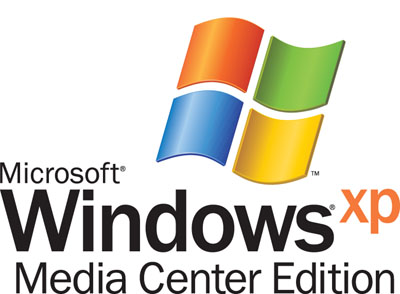The rise and rise of broadband, digital media downloads and around-the-home streaming are helping to make Microsoft's Windows XP Media Center Edition 2005 a sensible option rather than the duck-out-of-water that earlier versions seemed to be. But are the personal computer industry's two bitter CPU rivals muddying the pond with their enhancements to MCE - Intel ViiV and AMD Live?
That's a question we've been debating among ourselves of late and it's recently been addressed publicly by siliconvalley.com columnist Mike Langberg and taken up by Jeremy Reimer over at arstechnica.com. Langberg and Reimer are largely agreed that confusion is set to reign among consumers because of these selfish initiatives - and it's hard to fault their reasoning.

Setting the scene, Langberg says,
All forms of electronic information and entertainment are becoming digital, and they'll soon be delivered into the home through ultra-fast Internet connections to a single box. Every device in the home will tap that box to access television shows, instant messages, movies, personal photos, music, e-mail and more.
To put the PC front and center, the industry must get many incompatible devices -- such as television sets, digital cameras, phones and digital music players -- to work together.
Hollywood is also nervous that easy transfer of music and movies around the house will unleash a new wave of digital piracy.
Viiv is an attempt to solve all these problems.
Intel requires Viiv PCs to use high-end Intel processors and supporting chips, along with non-Intel multimedia features such as 7.1 surround sound. The PCs will also contain a million lines of software written by Intel, most of which will be invisible to users, for running home networks and moving copy protected content through those networks.
AMD Live, announced last month, is a more modest effort to identify ``full featured'' home entertainment PCs -- built, of course, around AMD processors.
Langberg then points out that consumer won't realise that the rival Intel and AMD technologies are NOT incompatible. So, they may not understand that, for instance, a Viiv-branded portable music player WILL work with a Live-branded PC and users of Viiv PCs WILL be able to watch movies downloaded from non-Viiv-certified sites.
Jeremy Reimer goes over the same arguments but reckons that deep-pocketed Intel is set to spend between $150 million and $300 million on advertising Viiv, pointing out that, "that sort of money can go a long way towards erasing consumer confusion".
But, in the end, Reimer's not convinced, saying,
Check out the Langberg and Reimer articles and let us know in the HEXUS.community whether you agree or think that Intel and/or AMD are moving the digital home forward with Viiv and Live, rather than slowing it down.






